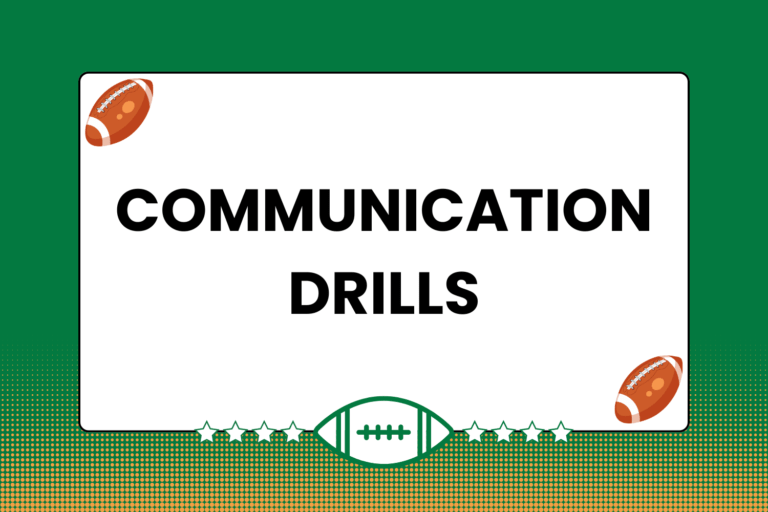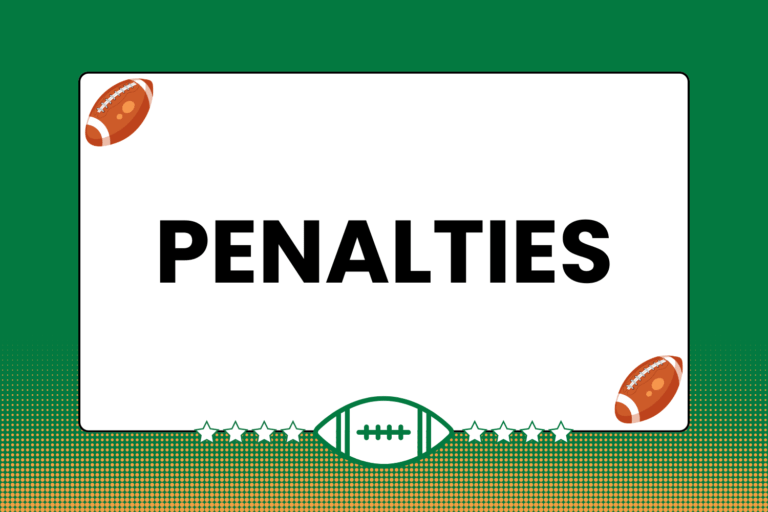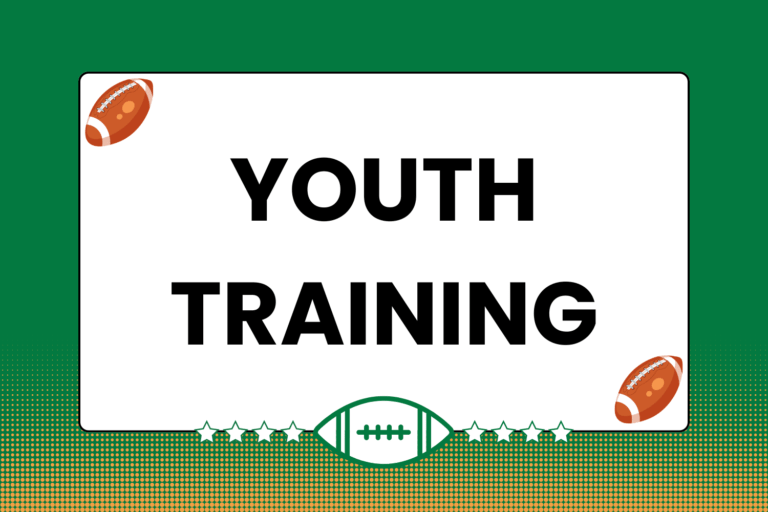Picture this: The attacking team is only 10 meters away from scoring a try. After a series of stalemating rucks, an attacking player swoops in, grabs the ball, and grubbers it toward the opposite corner of the field — where there are only two players, one attacking and one defending. A footrace ensues, and just as the ball crosses the try line both players dive at it. The defender lands on the ball a split second before the attacking player, halting the attacking team’s momentum.
When on defense, the obvious goal is to take the ball away from the attacking team. However, in a particularly threatening situation (like the one detailed above), the defense will likely elect to pause the game and curtail the attacking team’s progress. The catch is that to restart play, the defending team must perform a drop-out — a drop kick performed from behind the defense’s 22-meter line. This guide explains how the drop-out works.
Kicking a Drop-out
A drop-out can only take place when a defending player grounds the ball in his team’s in-goal zone. In the situation outlined in the introduction, the defender did not have to automatically ground the ball. Attempting to pick it up and play it would have been perfectly legal, but given the presence of the attacking player, incredibly risky as well. Here’s a breakdown of how a drop-out works:
- Once the defending player grounds the ball, the referee will blow his whistle to pause the game.
- The attacking players retreat behind the defending team’s 22-meter line. They may position themselves wherever they like, so long as they’re behind that line.
- The defending players line up between their in-goal zone and 22-meter line. They may position themselves wherever they like, so long as they’re all behind the kicking player when the ball is kicked.
- From somewhere behind the 22-meter line, a defensive player drop kicks the ball away. For a drop-out to be legal, the ball must be drop kicked. It cannot be place kicked or punted.
- The ball is considered live and may be played.
After the ball is kicked, normal offsides rules apply. Any attacking players in front of the player who catches the drop-out kick must first retreat behind the ball carrier before playing the ball.
Rules of the Drop-out
Aside from the player position and offside rules mentioned above, there are several other stipulations that must be met for a legal drop-out:
- The ball must be drop kicked: As mentioned before, a drop-out cannot be performed with a punt or place kick.
- The ball must cross the 22-meter line: If the kick doesn’t go past the defensive team’s 22-meter line, the drop-out isn’t valid.
- The ball must land in the field of play: The ball has to touch down somewhere in the field of play. It cannot, for example, go right into touch.
- All defensive players must be onside: If a drop-out is taken quickly, some defensive players may be in front of the kicking player. These players must first retreat behind the kicking player before making a play on the ball.
The consequences for these infringements vary. They include re-doing the drop-out, having a scrum on the defensive team’s 22-meter line, a free kick, and a penalty kick.
Mental Edge
Although the drop-out can be kicked immediately inside the 22-meter line, the attacking team is allowed to line up immediately outside the same line. Because this is the case, most drop-outs are kicked from several meters behind the 22-meter line to reduce the likelihood that an attacking player can charge it down.
A Strategic Sacrifice
Again, the defense’s main goal is to get the ball back from the attacking team. However, it’s sometimes strategically advantageous to sacrifice possession of the ball in favor of forcing the other team to give up field position. The drop-out is an excellent example of this rationalization — used effectively, it can both stymie the attacking team and provide the defense with better field position.





